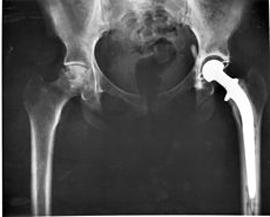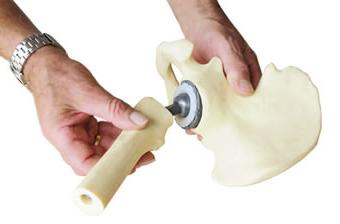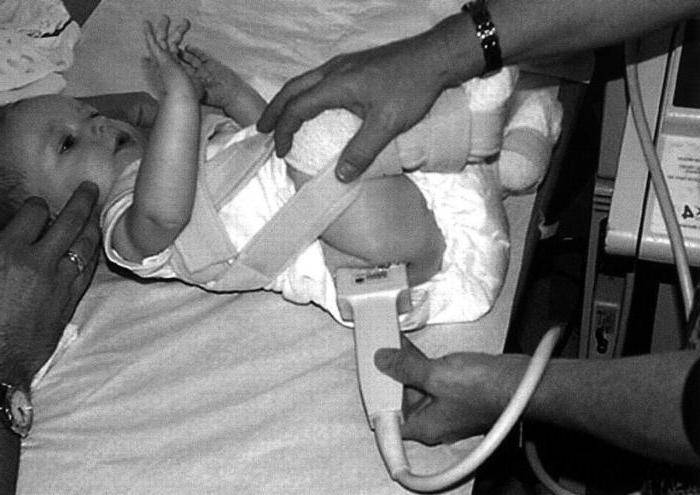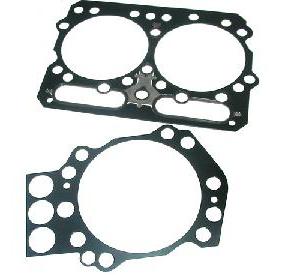When is it necessary to replace hip joints and what consequences can this operation have?
Hip replacement(endoprosthetics) is an operation, as a result of which the complete replacement of diseased cartilages and bones with artificial prosthesis consisting of a concave bowl and a globular head is performed. The main goal of this surgical intervention is to reduce pain caused by various joint diseases.
When is endoprosthetics performed?
Replacement of hip joints is performed with the following diseases:
- Osteoarthritis.
- Fracture neck of the thigh.
- Polyarthritis.
- Disturbance of the process of blood supply of the hip joint.
- Necrosis of the head of the hip bone, which can be caused by taking certain medications or performing some surgical interventions (for example, kidney transplants).
In this case, the replacement of the hip jointsis not performed immediately after the diagnosis is established. Surgical intervention is performed only when the pain in the joints acquires a permanent character, contributes to the deterioration of the simplest functions (walking, climbing the stairs, etc.) and is not removed with the help of the strongest analgesics.
Are there any risks to this operation?
As with any other surgical intervention, endoprosthetics may have complications:
- Infection into the surgical wound orplace of artificial prosthesis. This can be manifested in the form of redness, swelling and pain at the site of surgical intervention. To prevent such complications, antibiotics are prescribed.
- Weakening of the joint, which can be accompanied by pain in it. Elimination of this complication is only surgical.
- Hip replacement can lead tothe appearance of thrombosis. With a decrease in movement on the operated leg, stagnation of blood in the veins may develop. To prevent this, the patient is not allowed to remain in a lying condition for a long time and prescribe the use of anticoagulants.
- Ossification - impregnation of tissues surrounding the joint, calcium salts. This factor can lead to limited mobility of the joints.
- Displacement of the prosthesis. It can occur during the execution of certain movements. To avoid this complication, patients should not cross their legs and do not bend them in the hip joint more than 80 degrees.
- Changing the length of the operated leg. This complication occurs as a result of relaxation of the muscles surrounding the joint. This problem is solved by performing special physical exercises.
Surgery to replace the hip joint
In general, endoprosthetics are performed according to the general scheme:
- An incision is made on the lateral or frontal surface of the thigh.
- The cartilage tissue or the affected bone is removed.
- Implantation of the hollow clutch is performed.
- The hinge of the hip is replaced with an artificial prosthesis, which is attached to the bone of the thigh.
- The seam is applied on the place of the incision.
The replacement of the hip joint, the price of which depends on the material of the prosthesis, is performed under general or spinal anesthesia.








